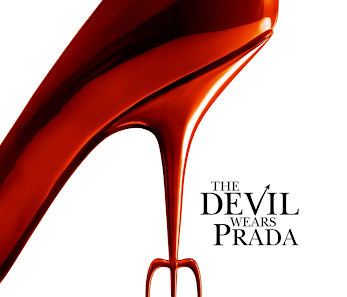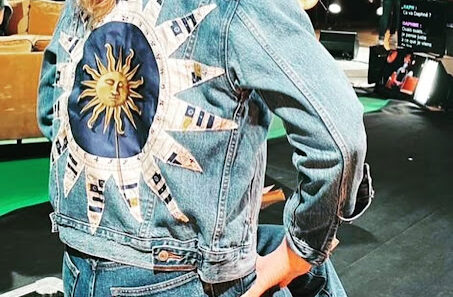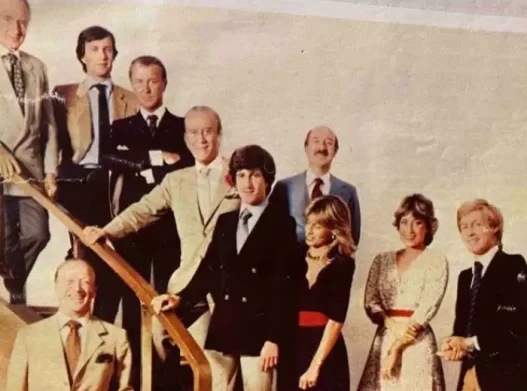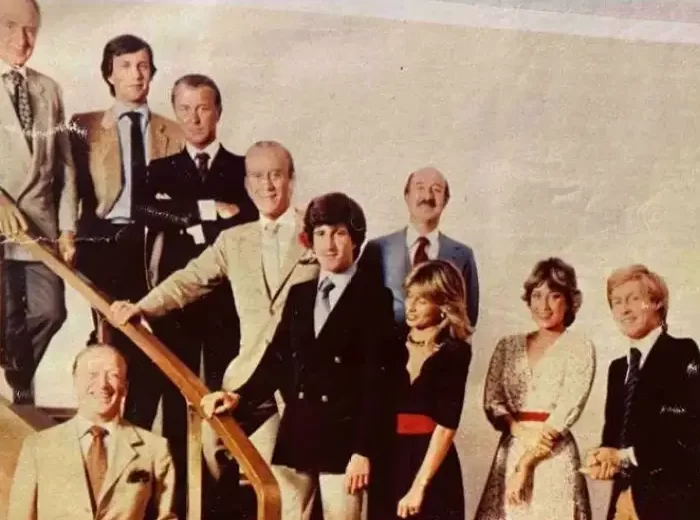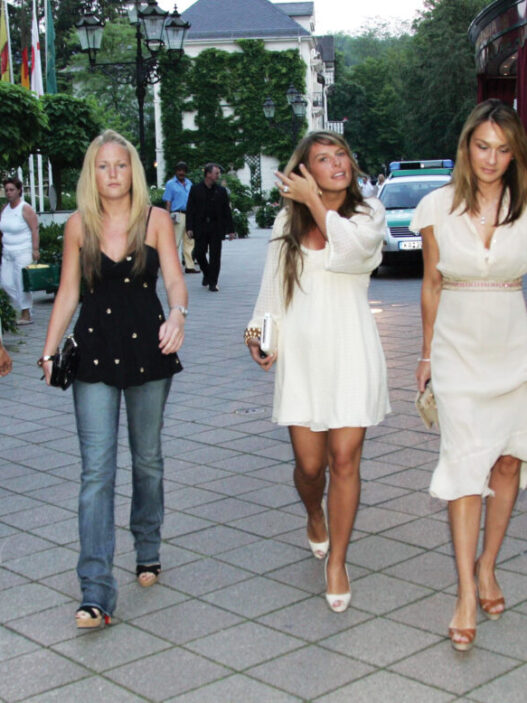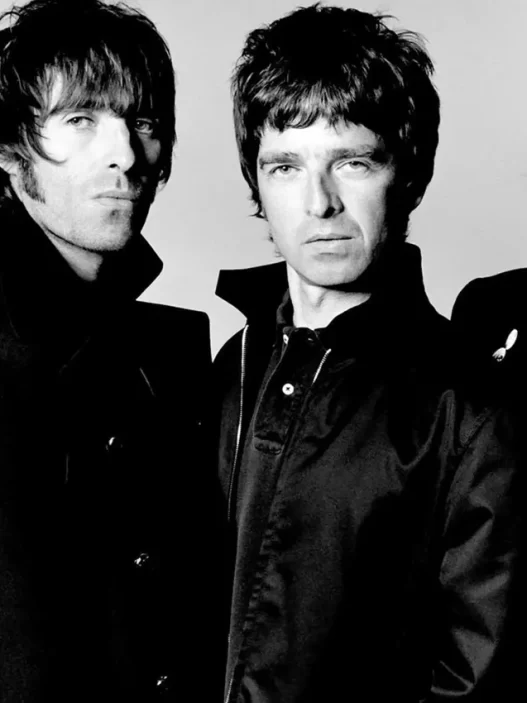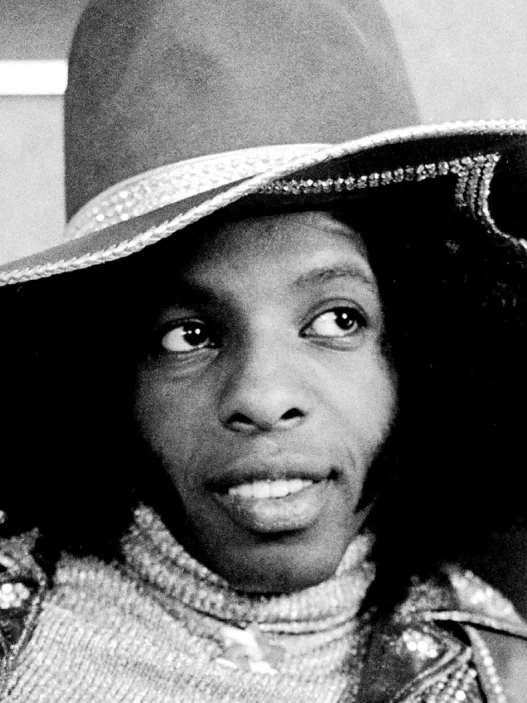The name Gucci evokes images of luxury, Italian craftsmanship, and undeniable style. But behind the iconic double-G logo lies a captivating and tragic story of family drama, financial turmoil, and a desperate fight for control. Most know the tale of Maurizio Gucci orchestrated by his ex-wife, Patrizia Reggiani. Still, the story is richer, messier, and far more complex than a simple tale of spurned love. Let’s dive into the real Gucci story.
Gucci’s Rise to Power: The Foundation of a Fashion Empire
Guccio Gucci founded the company in Florence in 1921 as a leather goods shop specialising in high-quality luggage. Inspired by his time working at the Savoy Hotel in London, Guccio envisioned a brand that catered to the elite. His attention to detail and the use of fine Florentine leather quickly garnered a loyal clientele.
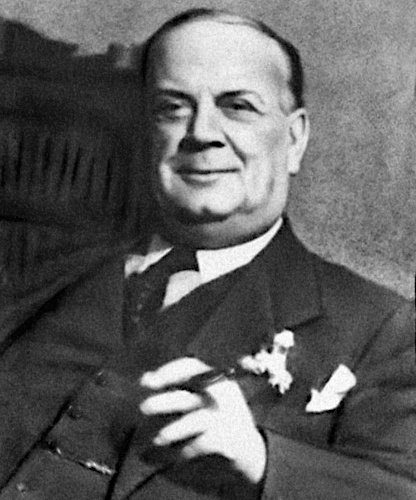
Guccio, Aldo, Vasco, and Rodolfo played crucial roles in expanding the business. Aldo, in particular, was a marketing genius, driving the brand’s international expansion into major cities like New York and London. He understood the power of branding, solidifying Gucci’s status as a symbol of Italian luxury. Vasco, while less publicly prominent, contributed significantly to production and management. Rodolfo initially pursued an acting career but later joined the business after Vasco’s.
The Gucci Family Tree: Love, Loyalty, and the Seeds of Discord
The second generation of Guccis, while instrumental in the brand’s growth, also laid the groundwork for future conflict. Aldo, ambitious and assertive, often clashed with his brothers. This competitive spirit and varying visions for the company’s future planted the seeds of discord that would blossom into full-blown family warfare. Other family members, like Ugo Gucci, Aldo’s legitimate son, and various grandchildren, added complexity to the familial power struggle. While Aldo is often credited with the brand’s international expansion, his methods and increasing control fueled resentment among other family members.
Maurizio Gucci and Patrizia Reggiani: A Love Story Gone Sour
Maurizio Gucci, Rodolfo’s son, inherited his father’s role in the company upon his death in 1983. He was young, charismatic, and eager to modernise. He met Patrizia Reggiani, a socialite with a penchant for luxury, and they married in 1972. Their marriage was initially a whirlwind romance, filled with lavish parties and social climbing. Patrizia revelled in the Gucci lifestyle and quickly became an influential figure within the family.
However, their relationship began to unravel. Maurizio, increasingly influenced by advisors who believed Patrizia was bad for the brand’s image, left her in 1985, claiming a short business trip. This abandonment, combined with Maurizio’s subsequent relationships and her fear of losing her social standing and financial security, fueled Patrizia’s sentiment.
The Maurizio Gucci Murder: Unravelling the House of Gucci True Story and Maurizio Gucci Murder Motive
On March 27, 1995, Maurizio Gucci was shot dead in the lobby of his Milan office. The murder shocked the fashion world and sparked a media frenzy. Initially, the investigation stalled. Two years later, police received an anonymous tip that led them to Patrizia Reggiani.
The subsequent investigation revealed that Patrizia had hired a hitman through intermediaries.
The motive? A combination of jealousy, resentment over Maurizio’s abandonment, and fear of losing her substantial alimony settlement. Patrizia believed that Maurizio’s marriage to Paola Franchi would further reduce her financial security and erase her from the Gucci legacy.
The legal proceedings were a spectacle. Patrizia, dubbed “The Black Widow” by the press, maintained her innocence but offered conflicting statements. Ultimately, she was convicted of ordering the murder and sentenced to 29 years in prison, later reduced to 26. Her accomplices, including her friend and a struggling pizzeria owner who acted as the middleman, were also convicted.
Examining Patrizia’s psychological state, some experts suggest that her intense need for control, coupled with a sense of betrayal and abandonment, may have contributed to her decision. She felt entitled to the Gucci lifestyle and believed Maurizio had robbed her of her rightful place.
Gucci Family Drama Explained: Power Struggles and the Gucci Inheritance Dispute
Beyond the shocking murder, the Gucci family drama extended to a bitter inheritance dispute. After Rodolfo’s death, Maurizio inherited his 50% stake, leaving him in a position of power. However, Aldo and his sons challenged the inheritance, claiming Rodolfo had not signed the documents correctly. This legal battle dragged on for years, further fracturing the family and damaging the company’s reputation.
Aldo, seeking to maintain control, also faced tax evasion charges in the United States, ultimately serving time in prison. His actions further tarnished the Gucci name and contributed to the company’s internal chaos. The continuous infighting created a toxic environment that made it nearly impossible to manage the business effectively.
Financial Troubles and a Brand on the Brink: The Finance Behind the Gucci Family’s Fall
While the Gucci name remained prestigious, the company’s financial performance suffered due to the family feuds and mismanagement. Lacking business acumen, Maurizio made several questionable decisions that led the company into debt. His attempts to modernise the brand were often misguided, and he struggled to control costs.
One key factor was Maurizio’s controversial decision to invest heavily in a new, vertically integrated manufacturing process. This proved expensive and inefficient, adding to the company’s financial burden. He also spent lavishly, further depleting Gucci’s sources.
In the early 1990s, Gucci was teetering on the edge of bankruptcy. Desperate to salvage the company, Maurizio sold his remaining shares to Investcorp, a Bahrain-based investment firm, effectively ending the Gucci family’s control. This marked a significant turning point in the brand’s story.
Gucci Reborn: A New Era for the Iconic Brand
Gucci underwent a remarkable transformation following Investcorp’s acquisition and subsequent sale to LVMH. Under the creative direction of Tom Ford, the brand was revitalised with a sexier, more modern aesthetic. Ford’s designs and provocative marketing campaigns breathed new life into Gucci, attracting a new generation of consumers.
Later, with his maximalist and gender-fluid designs, Alessandro Michele further cemented Gucci’s position as a fashion powerhouse. Today, Gucci is one of the most valuable luxury brands in the world, a testament to its enduring appeal and the power of reinvention.
Although the Gucci family is no longer directly involved in the company’s management, their legacy continues to shape the brand’s identity. The story of the House of Gucci serves as a cautionary tale of family drama, unchecked ambition, and the devastating consequences of greed. While Maurizio, Patrizia, and Aldo have passed, and other family members have moved on, the brand’s resurgence shows that even the most scandal-ridden empires can rise again.



